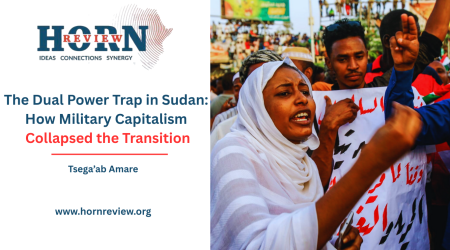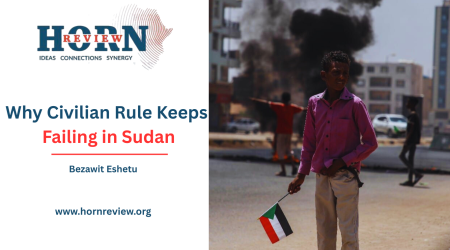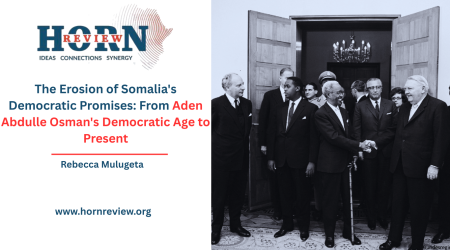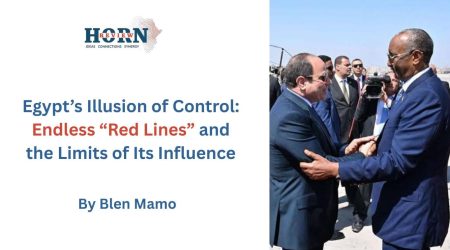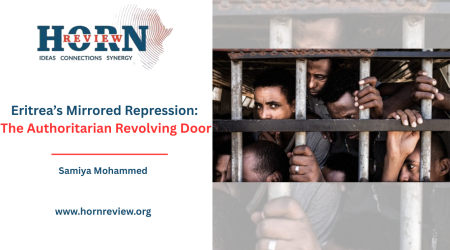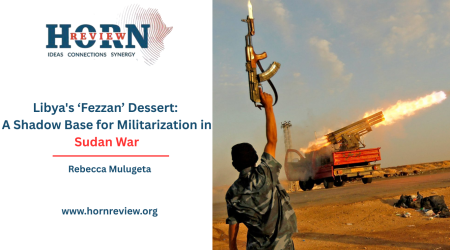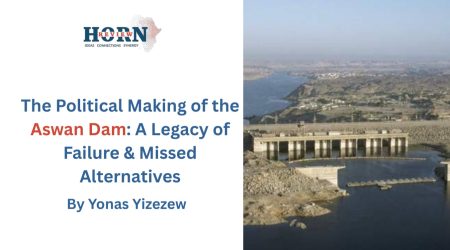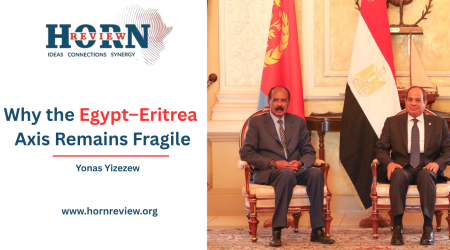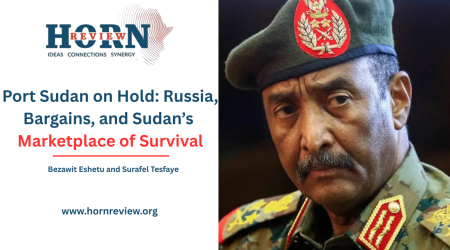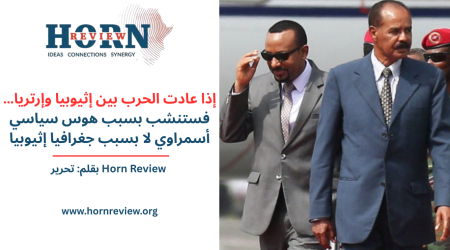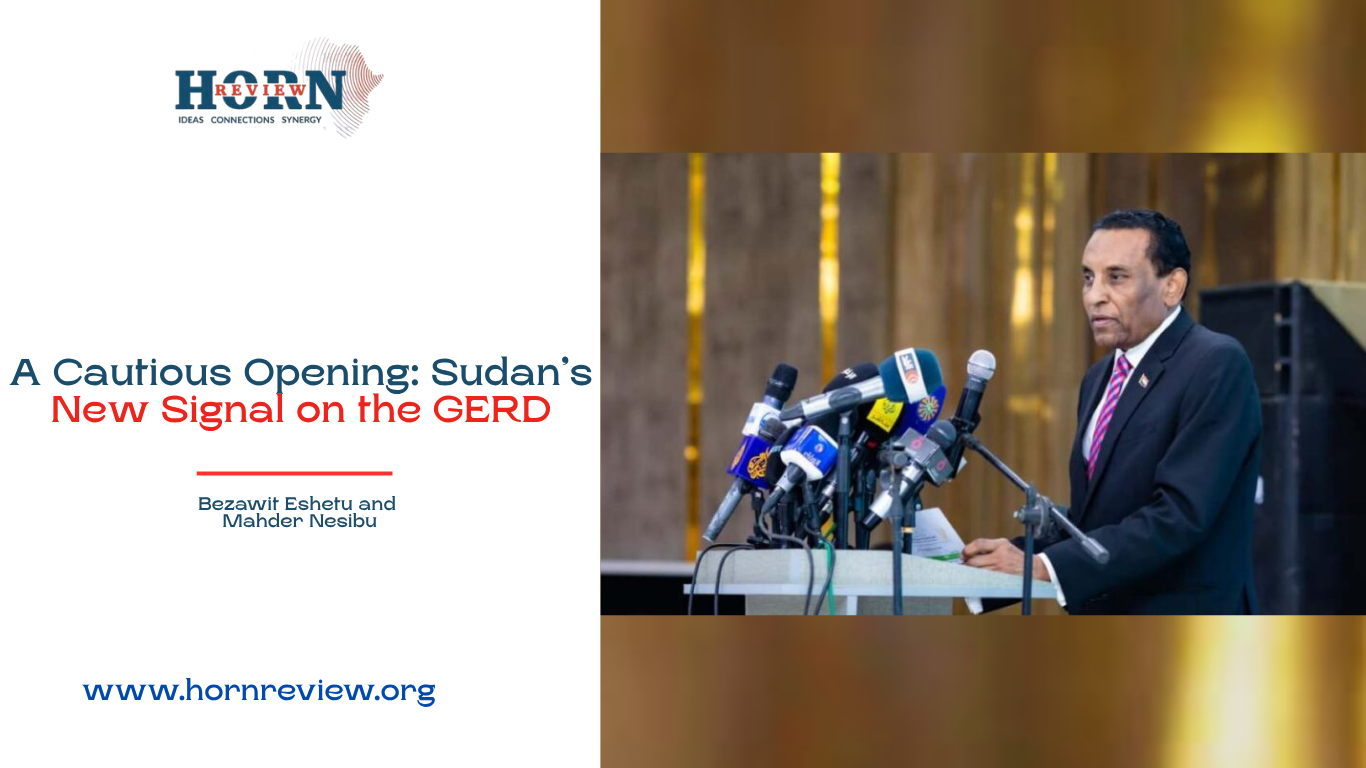
18
Oct
A Cautious Opening: Sudan’s New Signal on the GERD
On October 1st, in Port Sudan, Prime Minister Kamil Idris offered something new from Khartoum: a public pledge to take a fresh look at the trilateral arrangements that govern the Grand Ethiopian Renaissance Dam. The moment matters for two linked reasons. First, the pledge came immediately after the United Nations General Assembly, a forum Idris knows well from a long career in international civil service and from leading a major UN specialized agency, which gives his words extra diplomatic weight. Second, it is the first clear public signal since the dam’s inauguration that Sudan might be willing to move from adversarial posturing to practical engagement on operational rules and downstream assurances, a shift that recalibrates bargaining space among Ethiopia, Sudan, and Egypt.
Understanding why Khartoum’s posture matters requires looking back. Under Omar al-Bashir, Sudan’s approach to the dam mixed rhetorical solidarity with transactional support. Public endorsements were matched by concrete assistance, most visibly the shipment of heavy construction machinery worth roughly 10 million dollars to Ethiopia in 2011, which materially aided early construction and signaled that Khartoum then perceived pragmatic benefit in aligning with Ethiopia’s development project. That posture made it easier for Ethiopia to advance a sovereign project while allowing diplomacy to emphasize cooperation rather than confrontation.
The evolution away from Bashir’s rule briefly produced a different logic. Civilian officials and expert voices in Sudan pushed for clearer operating rules, robust downstream safety assurances, and legally grounded dispute-resolution mechanisms. The 2015 Declaration of Principles remained the diplomatic reference point, but transitional authorities tried to convert high-level commitments into verifiable operating protocols that could be audited and implemented. When Ethiopia reciprocated by focusing on technical studies and practical rules for filling and operation instead of political grandstanding, the two sides found a narrow alignment of interest: technical transparency produced predictable outcomes and reduced the incentives for zero-sum bargaining.
That alignment did not endure. The October 2021 coup and the subsequent reassertion of security actors in Sudan reintroduced a securitized logic to Khartoum’s foreign policy. Positions originating from the capital after that point were more likely to be read through lenses of patronage, alliance politics and regional rivalry, particularly in relations with Egypt. The result is that any initiative from Khartoum now carries extra political noise: a narrowly technical proposal risks being interpreted, expanded, or repurposed for broader strategic ends. For Ethiopia, therefore, the strategic requirement is simple and disciplined: treat Khartoum’s opening as an operational opportunity but insist that engagement be narrow, technically focused, rapid, and insulated from broader patronage bargaining so that Ethiopia’s sovereign right to develop its resources — and its demonstrated willingness to negotiate in good faith — remain unquestioned.
This is not merely a matter of diplomatic posture. Downstream protests that cast Ethiopia’s phased reservoir fillings as unlawful or reckless require a concise technical and diplomatic rebuttal. First, the GERD was planned and executed as a sovereign development project and its phased filling has followed hydrological opportunity and engineering constraints that are standard in large reservoir practice. Second, the dam produces immediate downstream benefits in regulated seasonal flow and flood control that are tangible and verifiable; these benefits can be converted into operational protocols with measurable release schedules. Third, any defensible settlement must be operational and auditable rather than rhetorical and open to reinterpretation. Ethiopia should therefore answer protests with technical evidence, transparent data sharing, and offers to negotiate specific drought-management and turbine-operation rules that reduce practical risk without surrendering sovereign development rights.
Idris’s speech can be read in two ways, and Addis should prepare for both while shaping outcomes to Ethiopia’s national interest. The optimistic reading is that this offer is sincere and technocratic: coming from a diplomat who knows the architecture of multilateral diplomacy and speaking immediately after the UN General Assembly, the initiative could be intended to convert political statements into short, verifiable operating instruments such as hydrological scenarios, transparent release protocols and a narrowly framed technical dispute-resolution clause. That path is worth taking. Ethiopia should invite Idris to talks anchored by African Union convening, insist on joint technical teams, and predefine short, auditable deliverables.
The cautious reading is that Khartoum may be using the GERD dossier as diplomatic cover to pursue other aims: courting patrons, improving an embattled administration’s international standing, or generating leverage with regional partners. Sudan’s 2021 call for a quartet mediation involving the African Union, European Union, United Nations and United States shows how attractive multilateral optics can be when domestic legitimacy or international support is in play, and how such initiatives sometimes produce more diplomacy than technical substance. Idris’s pledge could therefore be an effort to revive the optics of multilateral intervention without committing to audit-quality deliverables. Ethiopia should treat that possibility as real, make engagement conditional, limit the mandate to strictly technical questions, and require transparency measures that prevent the process from becoming a forum for broader geopolitical bargaining.
Practical posture and process design will determine whether the opening yields durable risk-reduction or a new round of strategic theatre. Given Sudan’s internal fragility, humanitarian crisis and need for external lifelines, Khartoum’s leaders are vulnerable to patrons who can offer immediate relief in exchange for strategic influence. Sudan’s security ties and diplomatic alignment with Cairo since the coup mean that many Khartoum positions on the Nile are likely to be read through Egyptian priorities, complicating prospects for independent, technocratic cooperation. Those constraints require Ethiopia to be both engaged and resolute: accept a limited meeting, but insist on African Union anchoring, preapproved technical teams, clear deliverables and red lines that prevent the review from being repurposed as leverage in unrelated security or investment negotiations.
Operationally, Ethiopia should insist on three concrete features in any process. First, joint technical modelling undertaken and published by mutually approved teams with third-party auditing capacity; second, a clearly defined release regime for drought and extreme events, expressed as measurable triggers and actions rather than broad principles; and third, an enforceable, technically framed dispute mechanism whose scope is limited to operational disagreements and whose remedies are defined in advance. These elements convert political gestures into instruments that reduce practical risk while protecting sovereign development.
The scorecard for success should therefore be modest and narrow: did the talks produce auditable hydrological modelling, an agreed release regime for drought conditions, and an enforceable technical dispute mechanism that remains insulated from patronage politics? If the answer is yes, the basin will gain a limited but durable set of tools for managing shared hydrological risk. If the process instead becomes a cudgel for leverage politics, the basin will likely lose years to zero-sum bargaining.
Kamil Idris’s Port Sudan pledge supplies an optimistic signal that cannot be ignored because of who said it and where he said it. Optimism must be disciplined by institutional vigilance. For Ethiopia, the prudent path is clear: convert the opening into a short, technocratic exercise with preapproved teams, transparent deliverables and hard red lines; use African Union anchoring to limit external politicization; and insist that any outcome be auditable and narrowly operational. That approach preserves Ethiopia’s sovereign development rights while materially reducing downstream risk; the only course that serves both national interest and regional stability.
By Bezawit Eshetu and Mahder Nesibu, Researchers, Horn Review

